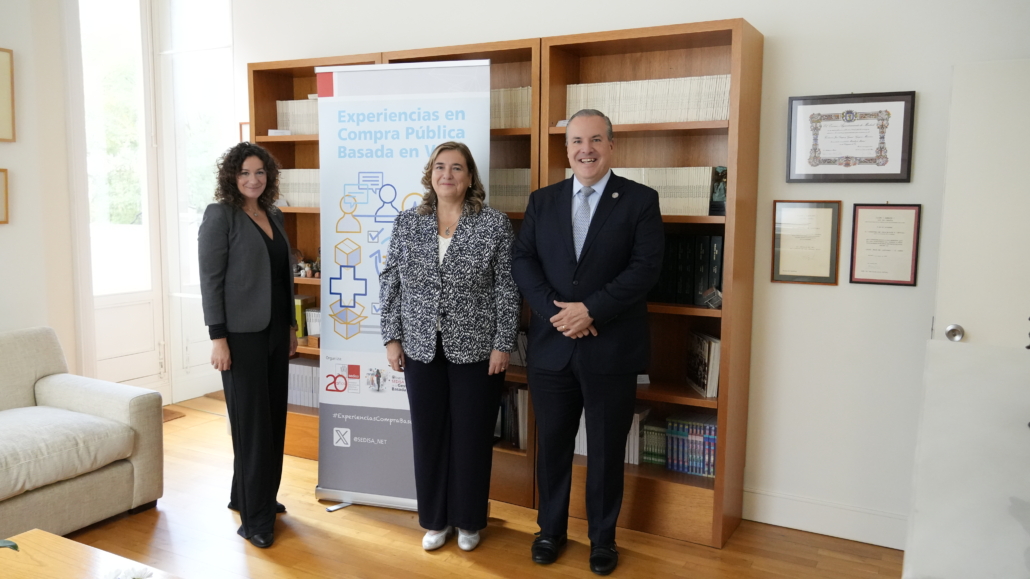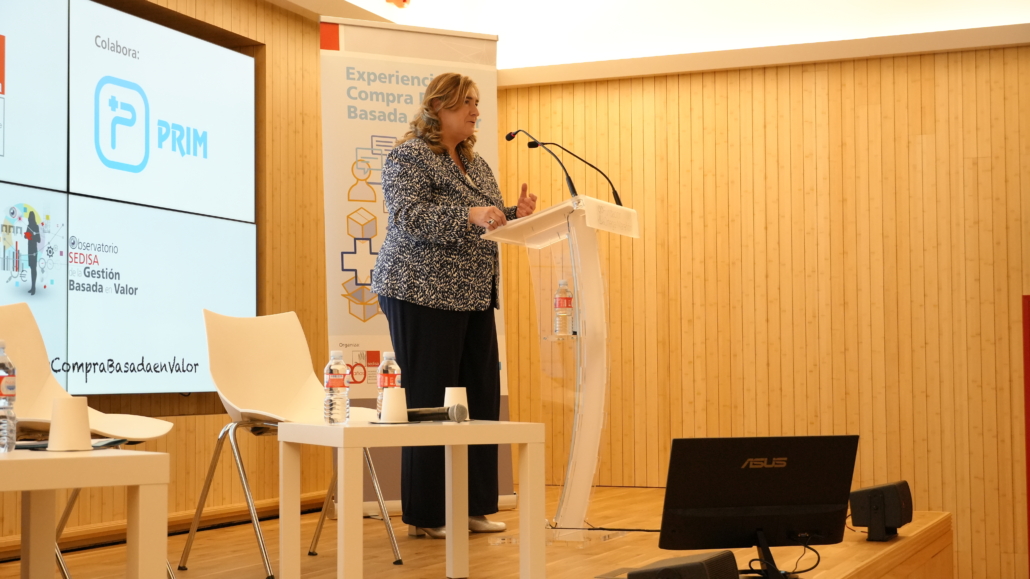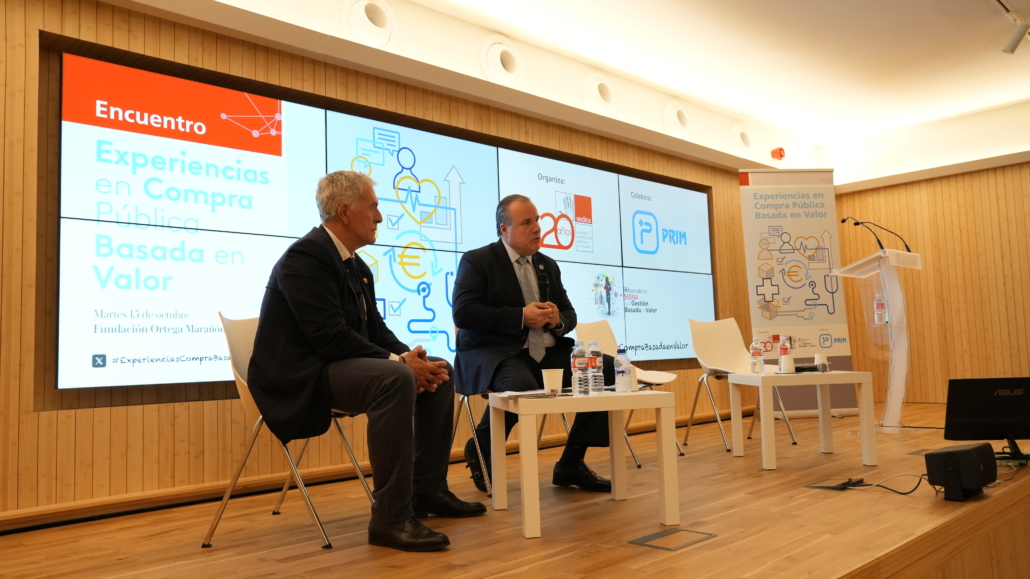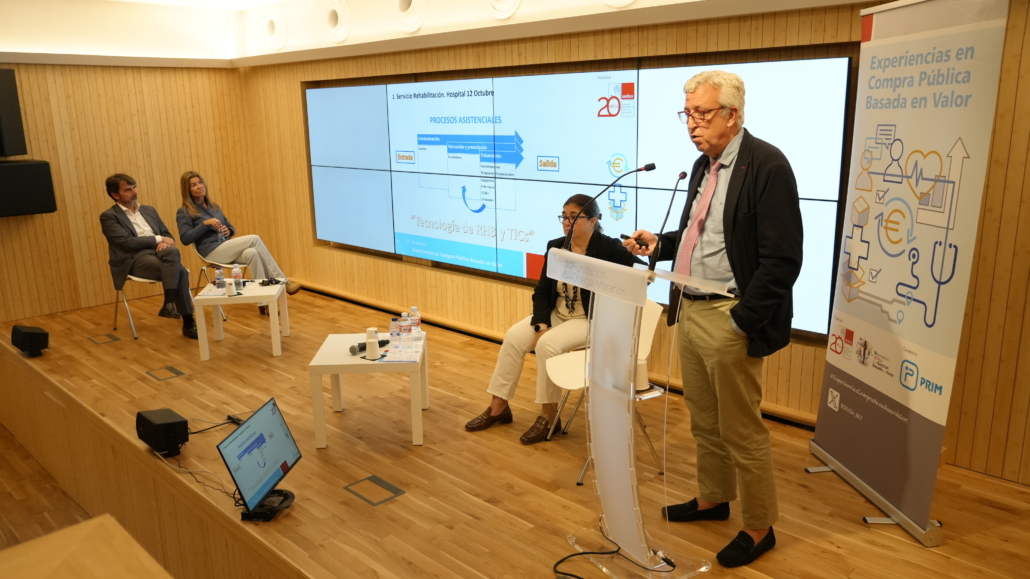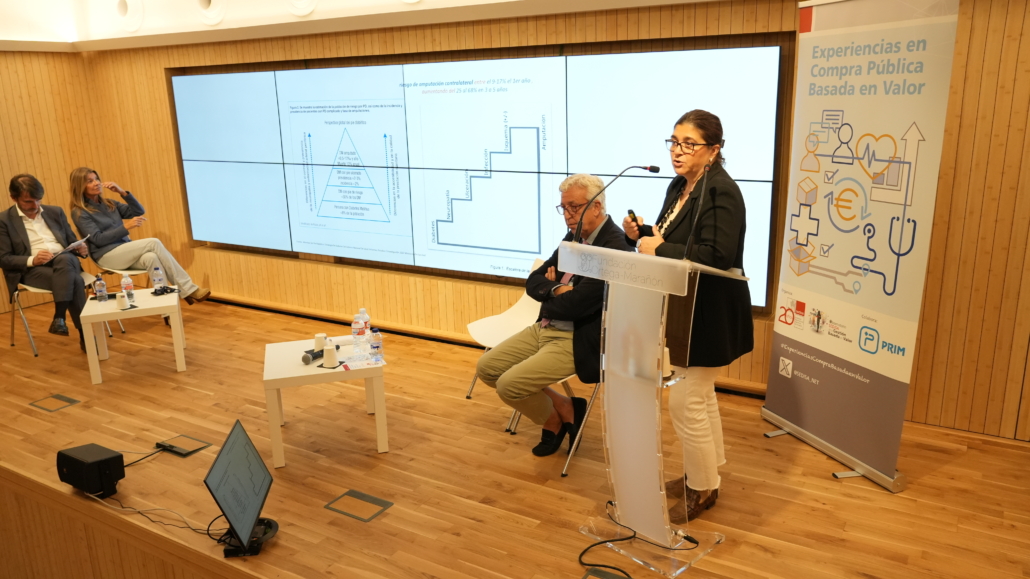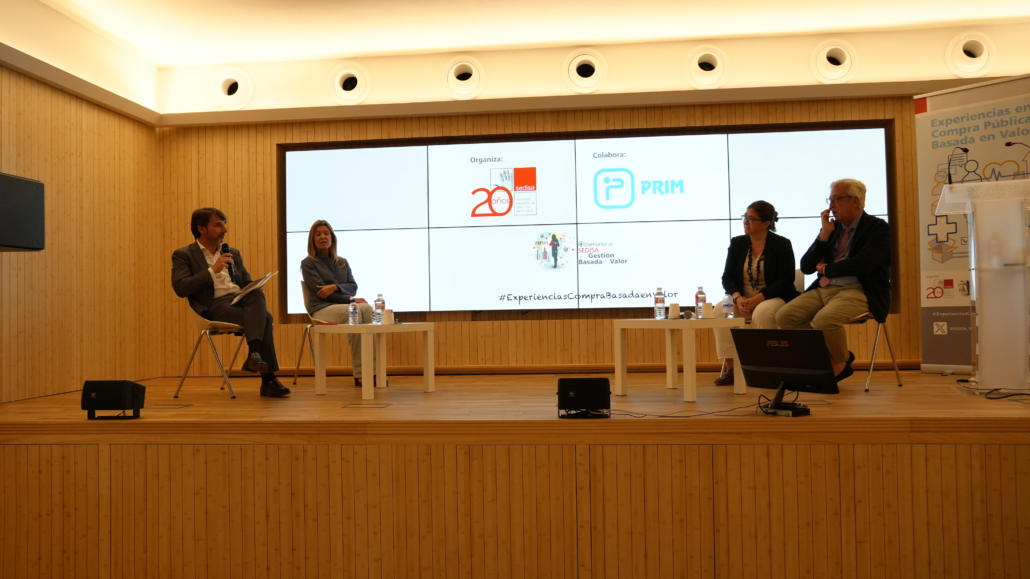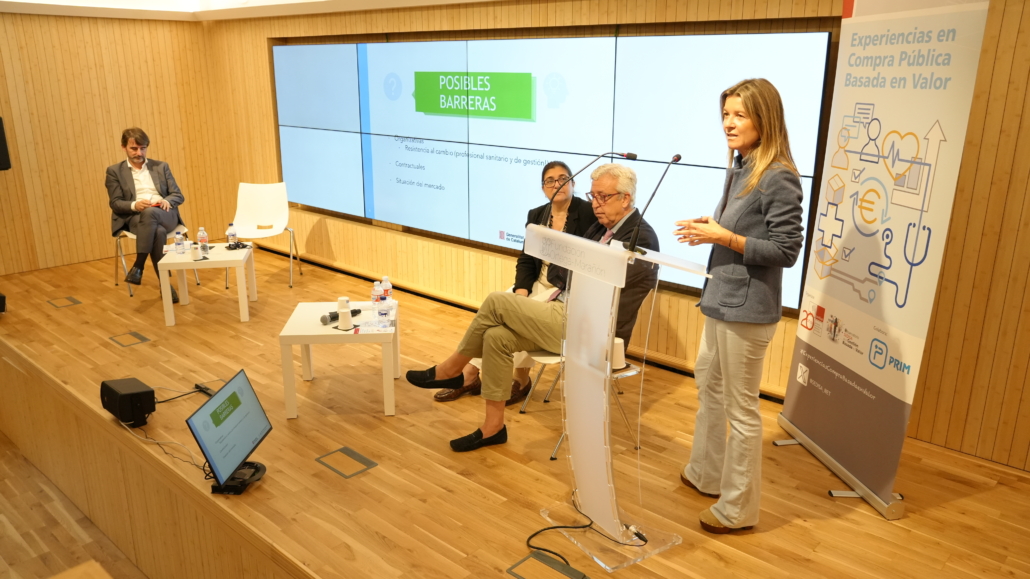Health outcomes, the most relevant indicator, but the most difficult to measure in Value-Based Public Procurement

- 50 healthcare executives from all over Spain identify indicators for Value-Based Public Procurement in a survey conducted by SEDISA in collaboration with PRIM to determine and agree on indicators.
- Three pioneering experiences in public hospitals in Madrid and Barcelona in the areas of operating theatres, rehabilitation and diabetic foot management serve as a basis for proposing collaboration that will allow Spain to become a benchmark in public procurement of technology based on value criteria.
Madrid, 15 October 2024 – Health outcomes should be the most relevant indicator when it comes to Value Based Public Procurement in the health sector. However, it is also the most difficult indicator to implement. This is the opinion of the majority of the 50 healthcare executives participating in a survey conducted by the Spanish Society of Healthcare Executives (SEDISA), with the collaboration of PRIM. The results of this survey were presented at the conference ‘Experiences in value-based public procurement’, organised by SEDISA and PRIM. Prior to this, a meeting with the media was held. The conference was attended by José Manuel Pérez Gordo, treasurer of SEDISA; Fernando Oliveros, executive director of PRIM, and Susana Álvarez Gómez, deputy director of Medical Inspection and Evaluation at the Directorate General for Health Inspection and Organisation of the Madrid Ministry of Health.
The survey, in which 50 health managers from almost all the autonomous communities took part, yielded significant results on the indicators to be taken into account in Value-Based Public Procurement. José Manuel Pérez Gordo explained that ‘the type of indicator valued as most relevant by the participants for measuring Value-Based Public Procurement is health results, indicated by more than 62%. However, 50% also indicate that this is precisely the most difficult criterion to measure’.
The survey also reveals that only 40.43% of the participants say that value-based public procurement is carried out in their organisation. Of these, almost 53% say that award criteria in public procurement contracts linked to the value provided by the product or service are included in only 0 to 25%. However, half of the participants believe that this value should be higher, between 26% and 50%, and a further 35.71% of participants believe that a percentage score of between 51% and 75% should be assigned in public tenders.
Although participants believe that health outcomes are what should weigh most heavily, those who carry out Value-Based Public Procurement in their hospital or organisation point out that, at present, the criteria most used are those related to efficiency.
As for the measures rated as the highest priority for implementing indicators and measuring the public procurement of indicators are ‘the correct definition of indicators, rated with 6.67 out of 7, and training on these indicators (6.47 out of 7), followed by the participation of patients in the definition of value (5.8 out of 7),’ explained Pérez Gordo. In conclusion, he pointed out that ‘the establishment of specific indicators facilitates the development of processes and their measurement and helps healthcare organisations to draw up a roadmap for value-based management’.
Three pioneering experiences
The results of the survey represent a further contribution to the necessary collaboration between all the actors involved, according to the other participants in the meeting with the media. As a starting point for this collaboration, Fernando Oliveros, executive director of PRIM, detailed three pioneering and innovative experiences, from three hospitals in Madrid and Barcelona, which form part of what the company calls ‘Integrated Management Solutions for Advanced Modules’ (SIGMA) and which could be a starting point for establishing the necessary collaboration between all the actors involved – public administrations, the technology industry, healthcare professionals and patients – with the aim of ‘improving the quality of healthcare services’, technology industry, healthcare professionals and patients – with the aim of ‘improving our healthcare system and helping healthcare organisations to face challenges such as socio-demographic changes, the increase in chronicity and also technological innovation and digitalisation’, he pointed out.
The first of these experiences, entitled ‘Cost per procedure at the Vall d’Hebrón University Hospital in Barcelona’, presented by María Blanco Campanero, Director of Purchasing at the Catalan Health Institute (ICS), is based on a collaboration agreement between the PRIM Group and the Vall d’Hebrón Hospital. After analysing the needs of the operating theatre, PRIM provides the hospital, at no initial cost, with the boxes of reusable laparoscopy instruments deemed necessary.
For its part, the hospital is committed to the consumption of one disposable kit for each cholecystectomy performed (500/year estimated). This is expected to reduce plastic consumption by 77% and achieve a saving of 15% in direct purchasing.
The second experience, ‘Practical example of the approach to diabetic foot at the Puerta de Hierro University Hospital in Madrid’, presented by Almudena Santano Magariño, managing director of the Infanta Cristina University Hospital in Madrid and former director of Nursing at Puerta de Hierro, is a transversal project that offers a global solution to the approach to this pathology, which is at the origin of 5 out of every 6 amputations that occur in the foot. Forty percent of diabetic foot injuries can be avoided if diagnosed and treated early. For this reason, PRIM offers personalised services and advice (podiatrist consultancy, outsourced physiotherapy services, technical and prosthetic aids for amputation cases), in order to improve these figures, both in the area of prevention and treatment.
Finally, the experience ‘Practical example of a new rehabilitation model at the Hospital Universitario 12 de Octubre in Madrid’, presented by Juan Castillo, head of the hospital’s Physical Medicine and Rehabilitation Service, focuses on the provision of high-tech equipment without initial investment by the hospital and the creation of efficient activity procedures (pathology groupings, telerehabilitation, etc.). This shortens therapy times and leads to more efficient management.
The objective is the reduction or elimination of waiting lists in the hospital, which can also be seen as a measurement indicator under the umbrella of the concept of Value-Based Purchasing.
In short, as Fernando Oliveros explained after detailing these initiatives, ‘the concept of Value-Based Management is based on an approach that takes into account not only economic aspects, but also other less tangible but crucial aspects for health outcomes, such as improving the quality of life of patients or avoiding indirect costs in public procurement’.

